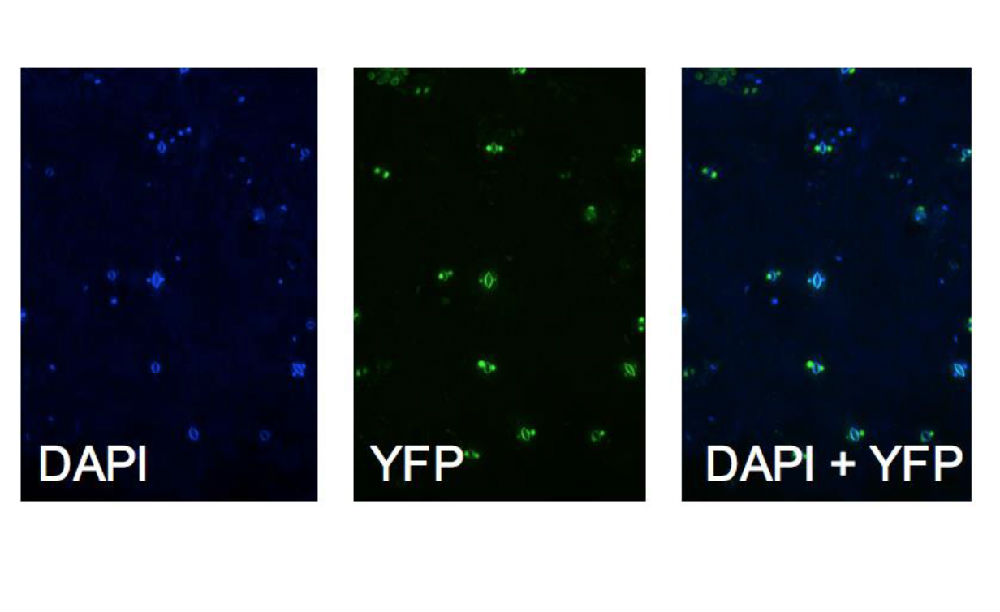博文
Plant Physiology:昼夜节律调控植物的气孔孔径
||

CIRCADIAN CLOCK ASSOCIATED 1 (CCA1) and the circadian control of stomatal aperture
Corresponding author: Rachel M. Green
The endogenous circadian (~24 hour) system allows plants to anticipate (预测) and adapt to daily environmental changes. Stomatal aperture (气孔孔径) is one of the many processes under circadian control; stomatal opening and closing occurs under constant conditions, even in the absence of environmental cues. To understand the significance of circadian mediated anticipation (预测) in stomatal opening, we have generated "SGC" Arabidopsis plants in which the oscillator gene (振荡基因) CIRCADIAN CLOCK ASSOCIATED 1 (CCA1) was over-expressed under the control of the guard cell (保卫细胞) specific promoter, GC1. The SGC plants showed a loss of ability to open stomata in anticipation of daily dark to light changes and of circadian mediated stomatal opening in constant light (恒定光照). We observed that under fully-watered and mild drought (轻度干旱) conditions, SGC plants outperform (胜过) WT with larger leaf area and biomass. To investigate the molecular basis for circadian control of guard cell aperture, we used large scale qRT-PCR to compare circadian oscillator gene expression in guard cells compared with the "average" whole leaf oscillator and examined gene expression and stomatal aperture in several lines of plants with mis-expressed CCA1. Our results show that the guard cell oscillator is different from the "average" plant oscillator. Moreover, the differences in guard cell oscillator function may be important for the correct regulation of photoperiod pathway genes (光周期通路基因) that have previously been reported to control stomatal aperture. We conclude by showing that CONSTANS (CO) and FLOWERING LOCUS T (FT), components of the photoperiod pathway that regulate flowering time. also control stomatal aperture in a day-length dependent manner.
doi: https://doi.org/10.1104/pp.17.01214
https://blog.sciencenet.cn/blog-3158122-1083254.html
上一篇:Rosalind 13 - Mendel\'s First Law
下一篇:J EXP BOT:FLM可变剪切对于开花时间的调控(Insight)
全部作者的其他最新博文
- • Plant Physiology:CsMADS3促进柑果中的叶绿素降解和类胡萝卜素合成(华中农业大学)
- • Molecular Plant:LBD11-ROS反馈调节作用于拟南芥的维管形成层增殖和次生生长(浦项科技大学)
- • Science Advances:根结线虫通过调控植物的CLE3-CLV1模块,促进侵染进程(日本熊本大学)
- • Nature Communications:油菜素内酯参与植物营养生长期转变的分子机制解析(浙江农林大学)
- • Current Biology:光合作用产生的蔗糖驱动侧根“生物钟”(德国弗莱堡大学)
- • PNAS:花同源异型基因在叶中被抑制、花中被激活的分子机制(南卡罗来纳大学)